Coding For Kids What Services Are Out There?
Scratch coding for kids
coding for kids has been around for a while now and is geared towards kids ranging in age 8 years
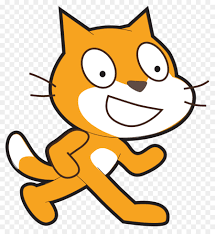
to 16 years old. It is a coding drag/drop program that was developed and sponsored by MIT and the Lifelong Kindergarten group. Scratch has the goal of allowing children to learn programming logic through their own interactive stories and animations. The user can then share their projects with the Scratch online community. What I like about Scratch, is that it is a great starting point for a young child (6 – 11) to get exposed to the logic of coding and how it works. It expresses during those early years the creative reasoning in the brain that are essential skills for a computer programmer,
or any profession for that matter, where you have to picture things in your mind and then create them on the screen. Scratch is a free resource backed by the LEGO Foundation, Google, Intel, and others. There’s also a ScratchJr for those ages 5-7. If you’re concerned about your child being on the internet, the company also provides a desktop editor that you can download here https://scratch.mit.edu/download.
IMPORTANT: One very important thing for a parent to understand about Scratch is that it is NOT “real-world coding or a genuine experience in computer Coding for Kids”. It is software that allows you to drag and drop different pieces of code, costumes and sounds onto a screen template that fits together like puzzle pieces. It is very fun and stimulating for a younger kid, but eventually will lead to the question, “What’s Next?”. It’s the perfect stepping stone like the training wheels on a bicycle. Scratch is a great way to get exposed to concepts and get their feet wet, seeing if your child likes building things online via a computer keyboard and screen. Don’t get us wrong, you can create very intricate and complicated programs from scratch. But they won’t ever be ‘yours’ in the sense they only work inside the scratch sandbox. They have a great community. There is no online chat support or customer service as it is a non-profit, which is to be expected.
Code.org was founded by Hadi Partovi and is probably the coding curriculum you’ve heard about from 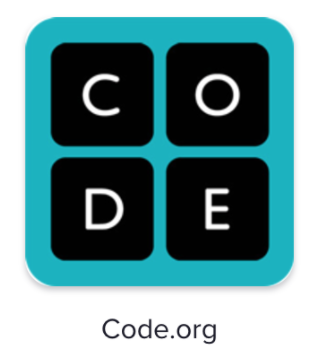 school teachers. I would say their goal is to get any type of coding exposure to ALL kids whether they are interested or not. Code.org boasts a high participation rate among female students and underrepresented minorities. Their program is geared toward those ages 5 years up to 18 years old. Like Scratch, it is a nonprofit and provides necessary computer science skills in every school. Their donors include Amazon, Facebook, Google, Microsoft and many more that have deep pockets and are passionate about kids learning technology. Code.org also organizes annually one of the largest Coding for Kids campaigns in the USA called, “Hour of Code”.
school teachers. I would say their goal is to get any type of coding exposure to ALL kids whether they are interested or not. Code.org boasts a high participation rate among female students and underrepresented minorities. Their program is geared toward those ages 5 years up to 18 years old. Like Scratch, it is a nonprofit and provides necessary computer science skills in every school. Their donors include Amazon, Facebook, Google, Microsoft and many more that have deep pockets and are passionate about kids learning technology. Code.org also organizes annually one of the largest Coding for Kids campaigns in the USA called, “Hour of Code”.
IMPORTANT: While their software also covers teaching logic and creation similar to Scratch, where you are dragging and dropping code blocks, they also have real coding with real syntax for the older students. However, you are still coding in their sandbox meaning the code you create won’t work perfectly except when executed inside their website. Their overall mission is to give everyone an equal opportunity to learn computer science principles at any age. Code.org is another non-profit with limited support and/or resources but a great free option.
Other popular services that are very similar to code.org are Codecademy and Khan Academy.
Let’s take a break from the free resources and take another approach to learning Coding for Kids. There’s always this tug-o-war between parents and screen time with their children. You as a parent want the absolute best future, but they want to sneak in some lengthy video games too.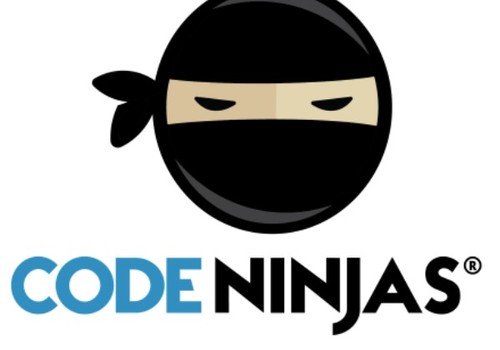
This is where Code Ninjas wants to come in and help marry these two challenges of allowing kids to have fun but also learn the important technology and computer programming for kids.
Code Ninja is a franchise with physical locations where they teach teamwork, match, logic, and problem-solving to 7-year-olds up to 14 years old. I know one of the franchisees and they run a good program. They are very much of the belief we have, which is that coding is going to be a second language for your child and will most likely be required. Code Ninjas is out to build coding centres for youth all over the nation and then into Canada and Europe. They believe that technology is advancing so fast and it’s an exciting time for kids to learn and grow whether or not they are interested in computer programming or not. The Code Ninjas courses used to teach coding are the brains of David Graham who founded Coder Camps teaching adults to be software developers. I like the fact that they provide a physical location to come and learn for those who want their kids to be part of a group where they interact at a Code Ninja facility. As it is currently code Ninjas has 428 centres in 45 states. Check them out! https://www.codeninjas.com/locations.
IMPORTANT: To participate in Code Ninjas you will have to have one of their locations near you or perhaps you’re interested in owning one yourself. The cost is set by the locally owned and operated franchise centres. So you would have to contact the center closest to you for pricing information. It averages out to be around a couple of hundred bucks a month. They teach real coding in its native environment as we do here at Simply Coding.
Tynker Coding for kids is HUGE with 60 million kids worldwide appealing to all kids of all
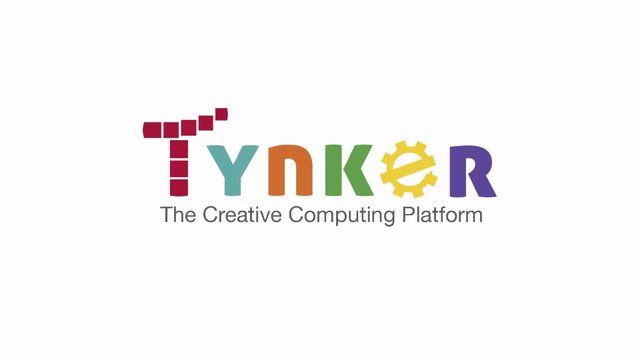
ages and interests. They have courses on how to create apps, and mods in Minecraft, make websites, build games, and even control toys. Tynker is very similar to Code.org they partner on many projects. For ages 13+ real-world coding starts with an introduction to JavaScript and Python, Web development with HTML, CSS and some minimal preparation for the AP Computer Science tests. Like the others, all coding is performed inside their website and will only work perfectly there. The reason I want to point this out is some students may not understand that coding libraries are working behind the scenes to make some of your functions work. If you are wanting to build toward creating your coding portfolio, then these options are for learning purposes only.
IMPORTANT: Tynker is famous for their coding camps all over the world and is a very large organization so it is somewhat hard if you are a newbie parent trying to figure this all out for the first time. Customer support is limited and if you need the personal touch, or communication via live webinar or live chat for your child or even a phone call for you, this may not be the best option. The last thing you want is for your child to get frustrated during their first exposure to computer programming. This can discourage very fast and be an uphill battle with parent and child from day one. I also did not find on their site exactly where the mini-coding camps are located, which could mean Tynker is now pushing online more and more. There are subscription plans on the website ranging from $7/mo to family plans of $30/mo.
Now Bitsbox is something you’ve probably never seen before and very different from any of the others. Just think of those delivery meal companies for a monthly subscription where it just shows up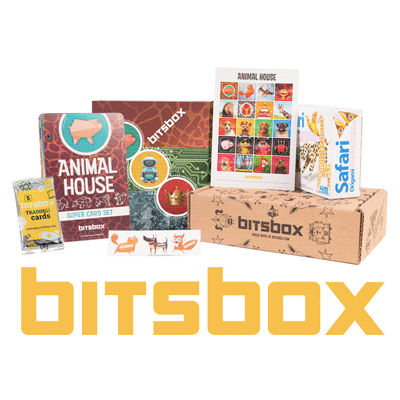 on your door each month and you open it up and enjoy! Bitsbox is all about getting kids prepared for the future of technology and do it by providing a box on your front porch once a month. Their motto is, “Your child may become a coder someday, or they may not. Either way, because tech is the future, Bitsbox will have them prepared”.( https://go.bitsbox.com/ ) As featured on SharkTank, the Bitsbox comes with instructions for the child and you as a parent that will help your child login online and start coding awesome projects. Bitsbox values on their website state: focus & attention, problem-solving, confidence, typing, together time, and creativity. The brains behind Bitsbox were two ex-Google engineers who wanted to teach their Coding for Kids
on your door each month and you open it up and enjoy! Bitsbox is all about getting kids prepared for the future of technology and do it by providing a box on your front porch once a month. Their motto is, “Your child may become a coder someday, or they may not. Either way, because tech is the future, Bitsbox will have them prepared”.( https://go.bitsbox.com/ ) As featured on SharkTank, the Bitsbox comes with instructions for the child and you as a parent that will help your child login online and start coding awesome projects. Bitsbox values on their website state: focus & attention, problem-solving, confidence, typing, together time, and creativity. The brains behind Bitsbox were two ex-Google engineers who wanted to teach their Coding for Kids
IMPORTANT: Bitsbox is a high-quality company with very appealing marketing materials from the outside of the box to colourful instruction cards. Subscriptions start around $29.95 per month, but if you purchase the 12-month package you can get your price down to $24.95 (https://subscribe.bitsbox.com/details/basicbitsbox.html). Bitsbox is limited to children between the ages of 6 and 12.
iD Tech is the oldest and one of the very first technology camps Coding for Kids and Teens since its inception in 1999. They have about 60,000 students per year with a very good track record. Nowadays for any 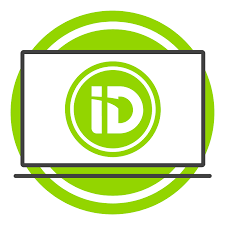 type of tech company to last beyond a decade is amazing. iD Tech is doing it. They boast of having big partnerships with Adobe, Apple, Microsoft, Nvidia, Epic Games, and Unity. It’s a straightforward process as they host in-person summer camps on college campuses. You go to the website: https://www.idtech.com/ and then click on “locations” and see if there’s a camp close to where you live. Their mission is “to create life-changing tech experiences that embolden students to shape the future.” (https://www.idtech.com/about)
type of tech company to last beyond a decade is amazing. iD Tech is doing it. They boast of having big partnerships with Adobe, Apple, Microsoft, Nvidia, Epic Games, and Unity. It’s a straightforward process as they host in-person summer camps on college campuses. You go to the website: https://www.idtech.com/ and then click on “locations” and see if there’s a camp close to where you live. Their mission is “to create life-changing tech experiences that embolden students to shape the future.” (https://www.idtech.com/about)
IMPORTANT: iD Tech only provides summer camps on campuses with a vetted summer staff of college students. From the looks of it, iD Tech ranges from ages 7 to age 19 with all-girl camp options and specialty camps for robotics, Coding for Kids, and game development. iD Tech provides 2 types of camps: A day camp ranging around $849 per week and an overnight camp for an additional $579 for room and board (meals included). Here are more pricing and camp schedules https://www.idtech.com/tech-camps.
This is us! So where do we fit in? 
We offer a coding pathway for youth (ages 11+) giving them a real computer science experience. They have access to live mentor chat support. Mon – Fri and email support after hours. All of the coding and work they do will be saved on their computer, it’s theirs forever. Our students create an online portfolio of their work and host it live via github.com. This is important as they’ll be able to show potential colleges and/or internships what they can do!
For more information see: https://simplycoding.org/coding-for-kids
IMPORTANT: Simply Coding’s Coding for Kids pathways are self-directed with online chat support or screen share help. Students can either engage in the lessons through text-based learning and interactions or by watching the videos. Every lesson shows examples, video explanations, interactive learning experiences, and embedded practice editors. Each lesson concludes with a step-by-step activity to add code to your project on your computer’s workspace.



Leave a Reply
Want to join the discussion?Feel free to contribute!